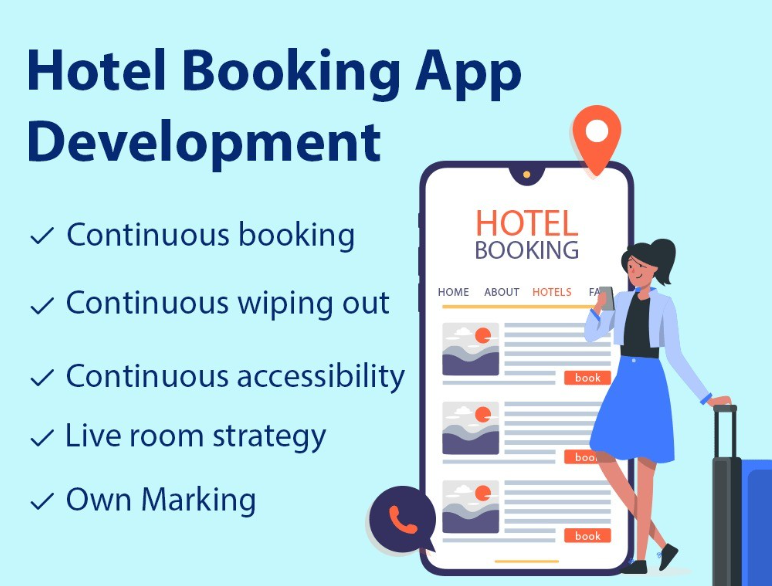A web application, often referred to as a web app, is a software application that runs on web browsers and is accessed over the internet through a network connection. Unlike traditional desktop applications that are installed on a user’s device, web applications reside on remote servers and can be accessed through a web browser on various devices, including computers, smartphones, and tablets.
Web applications are popular due to their accessibility, cross-platform compatibility, and ease of maintenance and updates. Users can access them using a URL or a web address, and no installation is required on their local devices.
Key characteristics of web applications include:
- Client-Server Architecture: Web applications follow a client-server model, where the client (web browser) requests resources and data from the server. The server processes the requests, performs the necessary computations, and sends back the results to the client.
- Platform Independence: Web applications are designed to be platform-independent, meaning they can run on different operating systems (Windows, macOS, Linux, etc.) and devices without modification.
- Thin Client: The client-side of web applications, running on the web browser, is often called a “thin client” as it mainly handles the user interface and interactions, while most of the application’s logic and data processing occur on the server.
- Internet Connectivity Requirement: Web applications require an internet connection to function since they rely on communicating with remote servers to process data and retrieve information.
- User Authentication: Web applications often include user authentication mechanisms to ensure secure access and protect sensitive data.
- Responsive Design: Modern web applications are designed to be responsive, meaning they can adapt and provide an optimal user experience across different screen sizes and devices.
Examples of web applications include:
- Social media platforms (e.g., Facebook, Twitter, LinkedIn)
- Web-based email services (e.g., Gmail, Outlook.com)
- Online banking and financial services
- E-commerce websites (e.g., Amazon, eBay)
- Online productivity tools (e.g., Google Workspace, Microsoft Office 365)
- Project management and collaboration platforms (e.g., Trello, Asana)
- Online learning platforms (e.g., Coursera, Udemy)
Web applications are developed using various web technologies such as HTML, CSS, JavaScript for the front-end (client-side), and back-end technologies like PHP, Python, Ruby, Java, or Node.js for server-side processing and data storage. The combination of these technologies allows developers to create dynamic and interactive web applications that provide a rich user experience.
You would also like to read about : E-commerce, E-business & E tourism.

